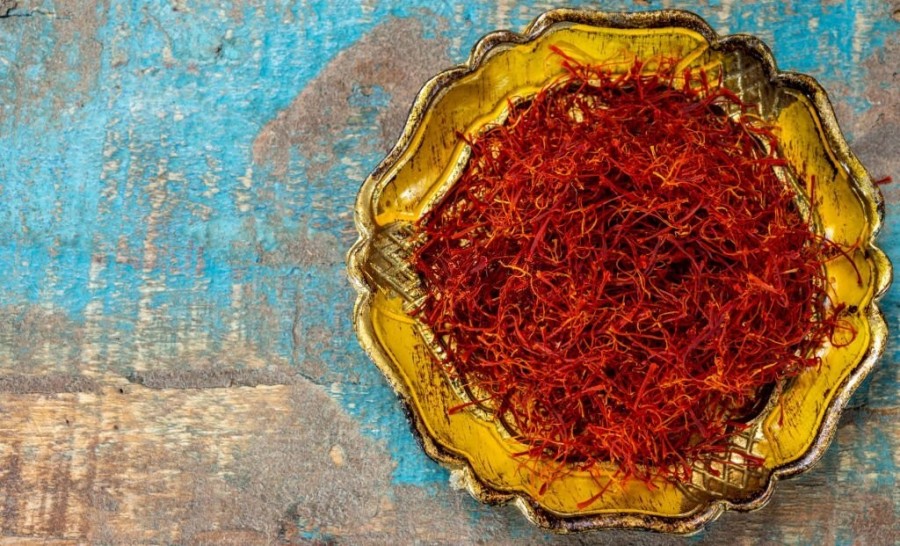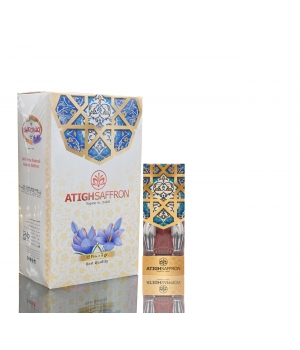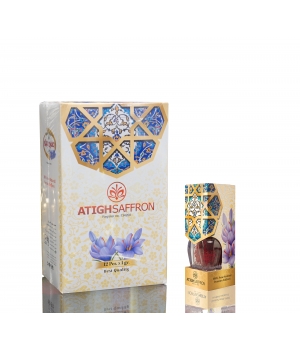Do you know what are the applications of saffron? Except for the rice and saffron and the syrup what other usages can cross your mind? You might mention some other edible things. it is not limited to something that can be drunk or eaten. Using this element in many make-up companies made them permanent customers for this valuable material.
Consuming saffron as a basic material for medications has its own fan. In this essay you will learn about saffron usage in different industries:
- Saffron usage in beauty products
- Saffron application in the food industry
- Saffron application in the food industry
- Saffron consumption in medication
Occasionally, we use powdered or not grounded saffron with rice or in the syrup but it is not limited to these things. Many industries use saffron to add more flavour and colour to their products. One of the categories is beverages in which saffron is used in it. The usage of it is normally 3 to 7 in each million. Also, saffron is used in herbal beverages such as simple syrups, lemonades, and saffron syrup.
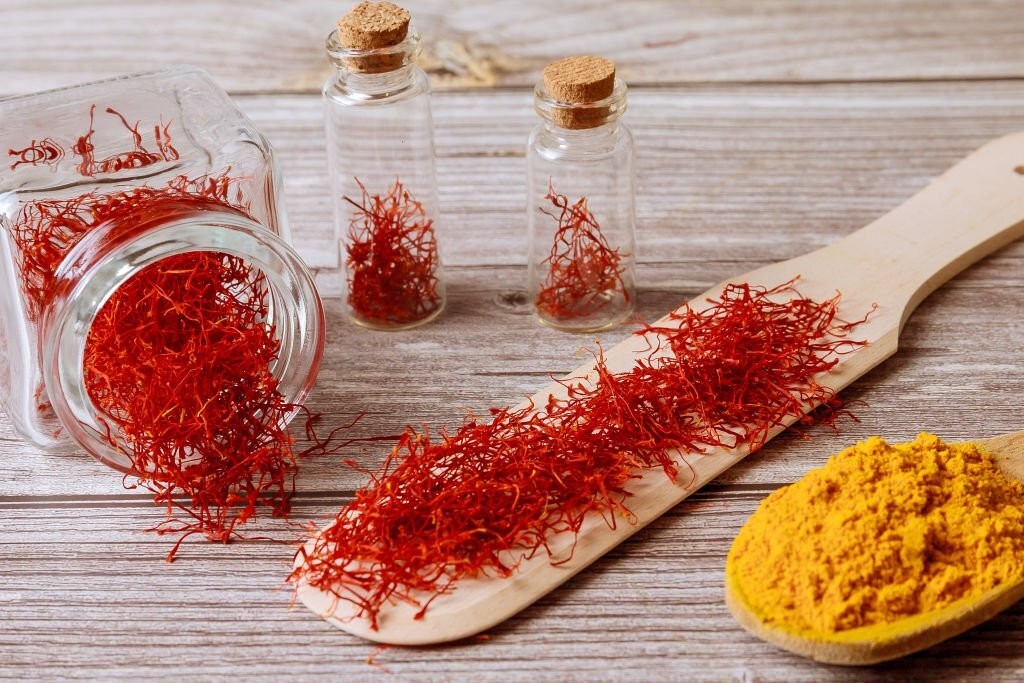
the application of saffron is in the pastry industry.
The amount of saffron usage in the pastry industry 1s 10 out of one million. It is used in flour products like cakes and bread. Also, it is used in dairy products such as milk, creams, butter, and ice cream. The amount of saffron in ice cream is between 3 to 5 and 7 in one million.
Finally, the meat industry. Saffron is used for adding some flavour and colour to the meat products such as bologna and sausages. Saffron is used in canned meat especially. Particularly in chicken products. 260 out of one million is the amount of usage in this industry.
Furthermore, saffron is used in other industries like oil products, such as margarine, and in seasonings like deserts and, puddings.
Saffron usage in beauty products
Many beauty companies consider saffron an incredible material for skin care. Saffron’s advantages in skincare and its health make it a basic material for many of these products.
In skin care there are two kinds of pure saffron:
- Saffron oil or its natural extract
- Dried saffron
Usage of various dried types of saffron improves skin immunity and recovers tissue production. Saffron threads that come out of the flower itself have carotenoids which are so beneficial for the skin.
Many kinds of research show that carotenoid protects skin, tissues, and cells from foreign causes. Both natural extract and dried saffron contain antioxidants and anti-bacterial and anti-inflammatory characteristics. These materials eliminate the dryness and paleness of the skin.
Saffron application in skin care is not limited to beauty products. Consultants advise the usage of beauty products with saffron base with lavender in vapouring
Put some dried saffron flowers and dried lavender in hot water. Then, cover the dish with a towel and keep your head under the towel. Breathe the vapour under the towel and let the vapour touches your face. The consumption of saffron vapour is incredible for your face cleansing and brings out freshness and youth to it.
Saffron consumption in medication
Saffron or the dried stigmas of the saffron flower, has various pharmacologic effects and it is considered a powerful drug. Research in recent years found a lot in the biological application of consuming saffron and related items clinically and healthily.
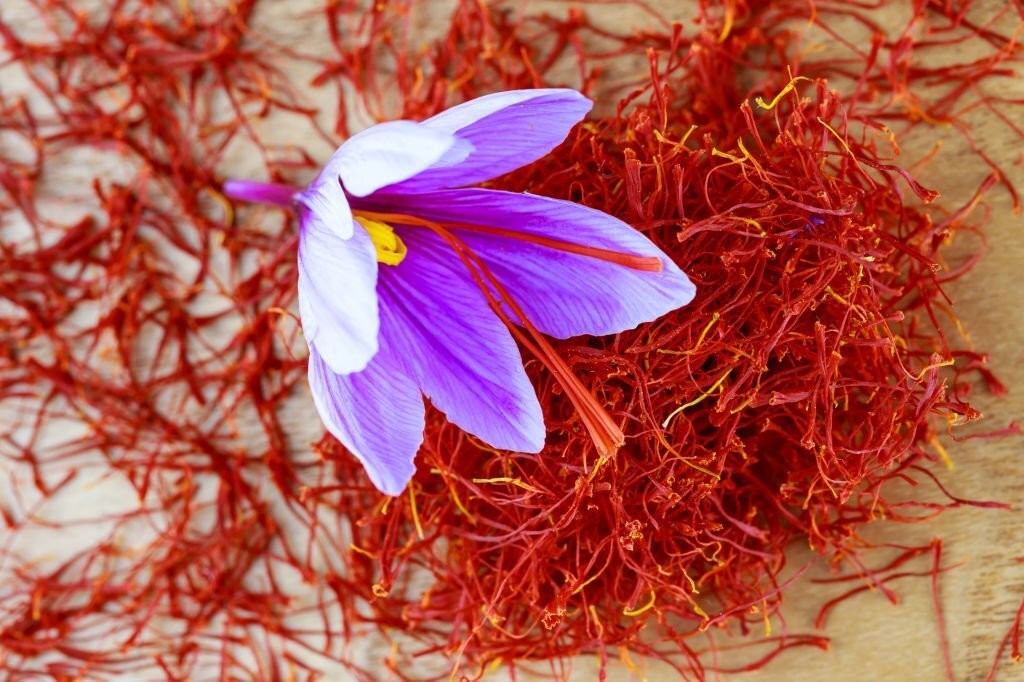
The bitter taste of saffron is due to picrocrocin in it. In processing the fresh plant of saffron in the thermal or enzymic procedure it turns to flavour LDD which is called safranal which has effects on medication consumption of saffron.
Crocins are glycosides consisting of carotenoids and sugar which lead to the saffron colour. Other carotenoids with the name of beta carotene, lycopene, crocetin, zeaxanthin, and vitamins especially riboflavin and thiamin can be found in saffron. However, the main elements of saffron are crocetin and safranal.
Recent photochemical and pharmacologic in saffron medical consumption showed that these major elements in saffron; crocin and safranal have phenomenal characteristics which are:
- • Antioxidant
- • Antitumor
- • Ant diabetes
- • Anti-inflammatory
- • Anti-atherosclerotic
- • Anti-genotoxic
- • Amplifier of memory and learning
- • Neurons protective
- • Anti-seizure
- • reduces the symptoms of opioid withdrawal
- • Lower blood pressure
- • Reduces blood lipids and insulin resistance
- • Increases tissue oxygenation
- • Anti-cough
- • Stomach ulcer preventative
- • Immune system stimulator
- • Retina protector
Daily usage of saffron up to 1.5 gr is not harmful. Sine 30 mg usage of saffron extract for depressed people had the anti-depressant affection. it has a high immune margin. However, saffron application higher than 5 gr a day is toxic and its consumption at 20 gr a day could be mortal.
To sum up
Saffron usage could be varied from rice and saffron or with syrup to different industries. For example, in different beverages and bread production or even in dairy products and meat products saffron could be used in different amounts.
The dried saffron is helpful for skin immunity and improves tissue recovery. Saffron threads which come out from its flower are beneficial for skin as they have carotenoids beauty companies consider saffron seriously.
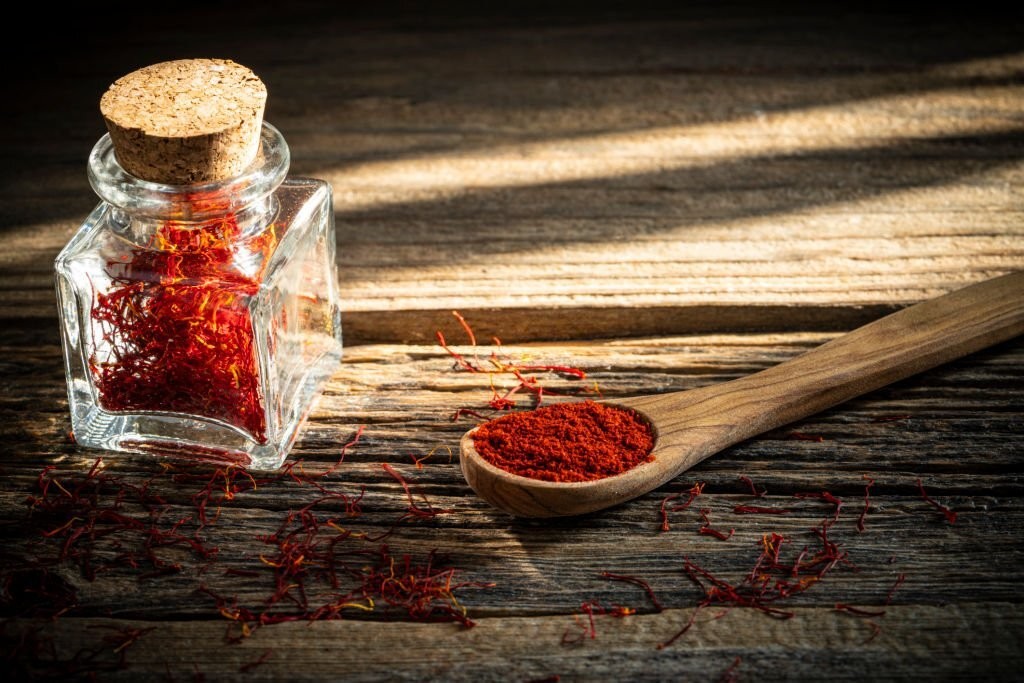
Photochemical and pharmacologic tests in medication consumption of saffron showed that the main elements of saffron have incredible characteristics which can be Antioxidant, Anti-tumor, Anti-diabetes, Anti-inflammatory, Anti-atherosclerotic, and Anti genotoxic. But all these attributes can be found in original qualitative saffron. It’s crucial to signify the best saffron among many types of it.

